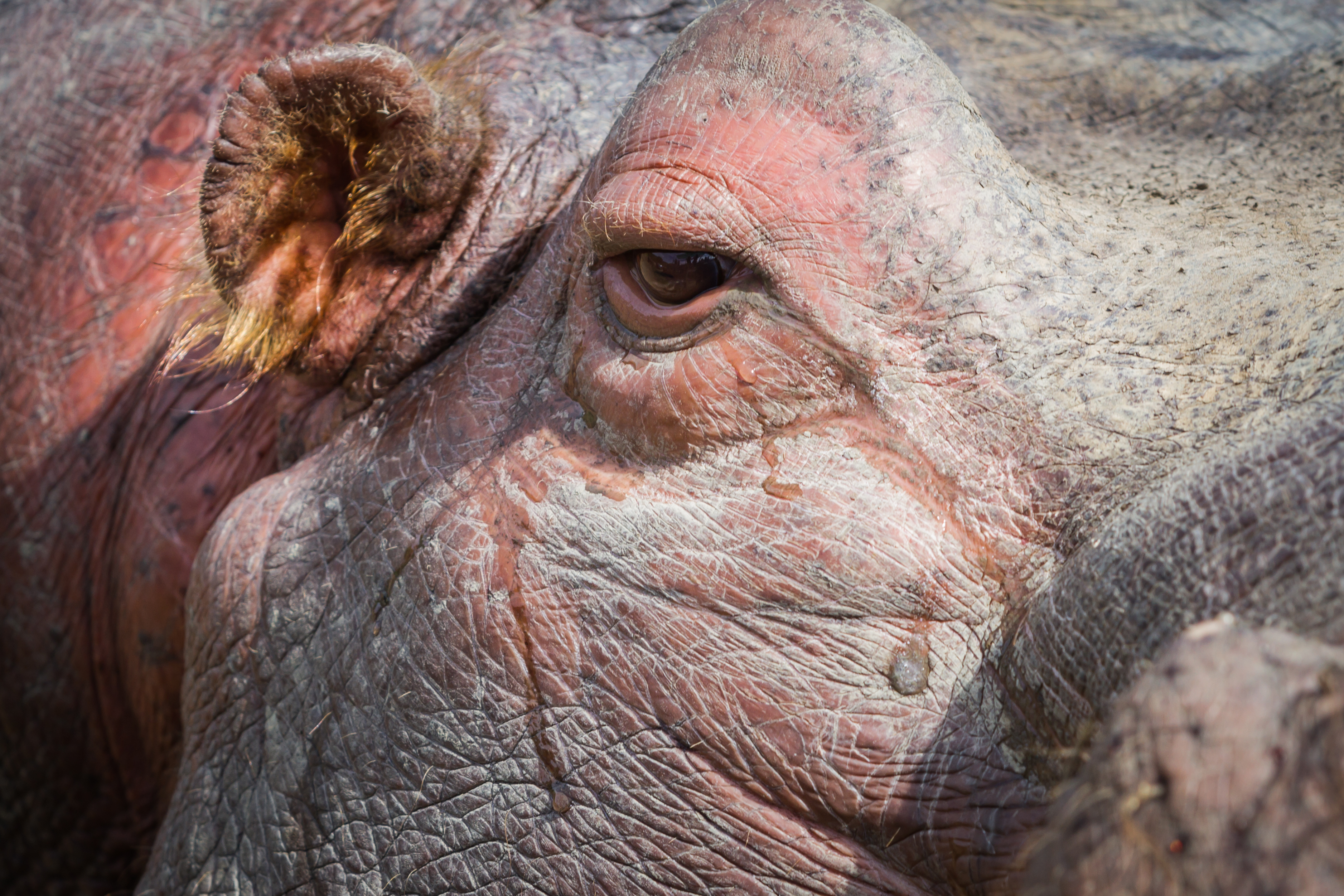
It’s hard to look at a cow in the same way once you know how much these farm animals fart. Likewise, red foxes don’t seem quite as cute after you’ve heard their chilling human-like screams, and you might not want to feed the ducks after you discover their disturbing gang rape tendencies.
A number of seemingly-innocent animals exhibit their disturbing behaviour when you’re not looking. Here are a just few examples.
Chimpanzees have the world’s worst table manners

Famously cheeky chimps are known for uncouth behaviour such as flinging poop and eating the insects found in their fur. But one of the chimp’s most sinister habits involves teaming up to chase down smaller primates, such as colobus monkeys.
Once the monkey is caught, the chimps will take great pleasure in tearing it limb from limb before feasting on the flesh. It’s disturbing to watch, although the collaborative hunting strategy is one of the most impressive examples of group strategy in the animal kingdom.
Red foxes have a bloodcurdling scream
Hearing an ear-piercing scream in the middle of night is bound to be a nerve-wracking experience. But before you call the police to investigate, check to see if there are any foxes around.
Red foxes are known to emit a high-pitched scream. It usually means one of two things: the fox is either afraid or horny. Regardless of the reason, the unsettling noise can easily be mistaken for a womanly wail.
Spiders cannibalise their sex partners

In the world of spiders, it’s definitely ladies who are dominant in the bedroom. Female spiders, particularly those of the Latrodectus genus, often eat their baby daddies after after hooking up with them. This explains the name of one of the most famous Latrodectus spiders: the black widow.
Mallards breed via gang rape

You may be less fond of ducks after you find out how they go about populating your local pond. Male mallards (drakes) sometimes gang up on females (hens), pinning them down to the ground and forcefully doing their business in order pass on their genes.
Because the hens would prefer to pick their partners, their reproductive tracts have evolved a series of ‘false passages’ as a way of deterring the male’s long, spiky, corkscrew-shaped penises from successfully delivering sperm.
Dolphins kill for fun

Everyone knows that dolphins are mega-smart. The clever cetaceans are only just behind humans when it comes to cognitive ability. And since humans are intelligent enough to commit acts of evil, it follows that the brainiest animals in the ocean are also capable of some heinous behaviour.
Marine experts believe that bottlenose dolphins are the only other animals on earth who kill purely for the fun of it. They murder porpoises and young dolphins, seemingly as a recreational activity. Like ducks, dolphins are also known to rape one another. Flipper doesn’t seem so friendly now, does he?
Honey bees have testicle-exploding orgies

Bees are just cute little bugs who visit flowers and make delicious honey, right?
Well, yes, but they also have some disturbing sex secrets. Queen bees are known to host orgies called mating flights, inviting a dozen or so male bees to have their way with her. There’s one catch: during intercourse, the male bees’ testicles will snap off and explode inside the queen. Grim.
Hippos fling their faeces far and wide

The hippopotamus is a fascinating creature, with all kinds of amazing evolutionary traits. However, one of their less inspiring behaviours involves spraying their dung as far as they possibly can, spinning their tail to project the dung across a surprisingly wide radius.
The function of this fecal shower is supposedly to establish dominance and mark territory. Sounds effective: we don’t imagine many animals will want to settle down in such a messy neighbourhood.
Cows fart and burp so much that it damages the environment

There are approximately 1.5 billions cows being kept as livestock around the world. These large mammals eat a whole lot of grass, and their method of breaking it down involves methane-producing microbes inside their stomachs.
As a result, the combined farts and burps of all the cows in the world has a significant effect on global warming—the livestock sector now generates more greenhouse gas emissions than global transport. Choosing a mostly-vegetarian or vegan diet is one way of helping to resolve this gas problem.

